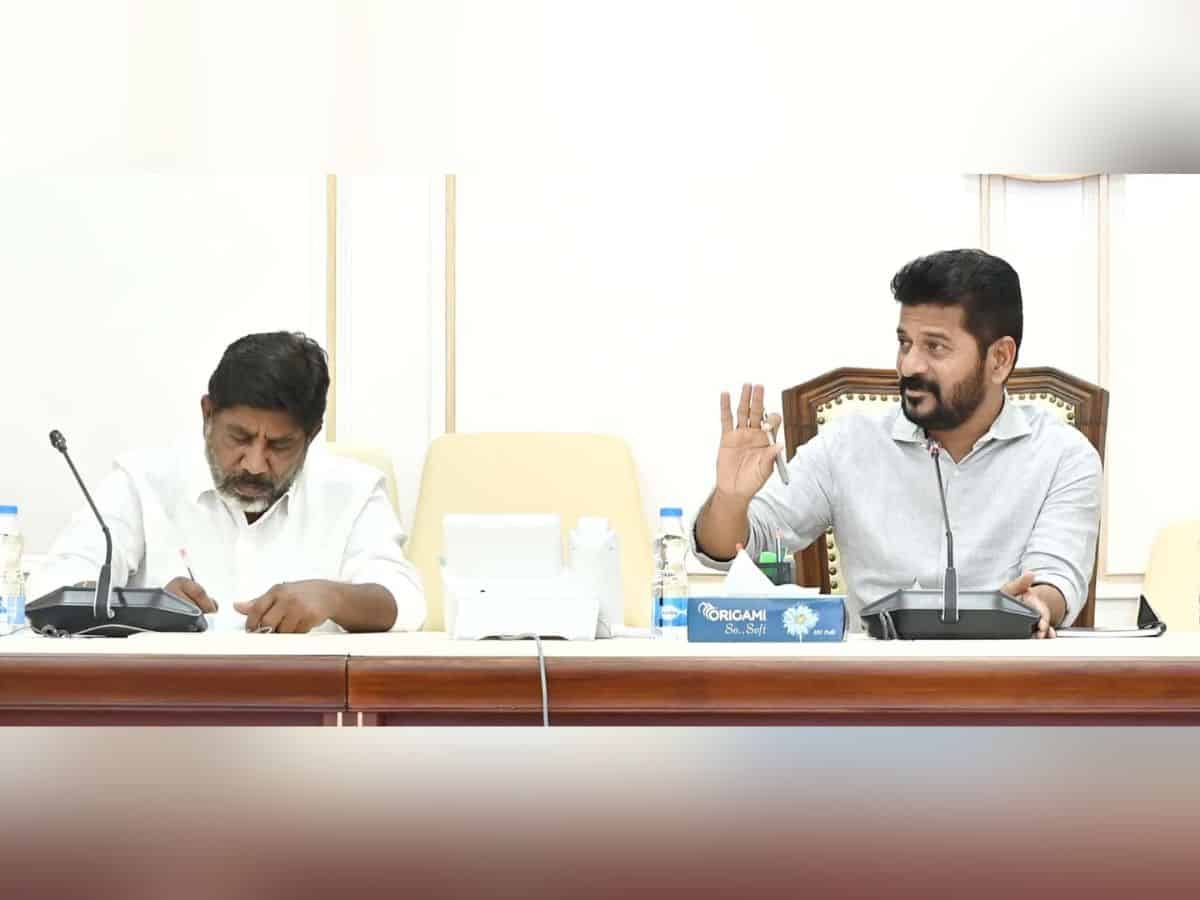
Hyderabad: Telangana chief minister and deputy chief minister Bhatti Vikramarka are scheduled to visit Medigadda’s Lakshmi Barrage, a part of the Kaleshwaram Project, on Tuesday, February 13 at 9:30 am.
The state government has also arranged three buses from the Secretariat to Medigadda on CM Revanth’s directions for all ministers and MLAs to join them.
Centre’s report on Medigadda
The National Dam Safety Authority’s (NDSA) six-member expert team that investigated the sinking of piers in Block-7 of Medigadda (Laxmi) barrage of the Kaleshwaram project faulted the project’s planning and design in its report, stating that the damage was caused by a combination of issues involving planning, design, quality control, and operation and maintenance.
Following the discovery of the project’s pillars caving in on October 21 evening, the NDSA committee visited the barrage site on October 23 and 24 and met with irrigation department officials on October 24. The 43-page study made disparaging observations about the project.
According to the order of the Union Jal Shakti ministry, pillars numbering 15 to 20 of the sixth to eighth blocks of the barrage caved in after pillar number 20 of Block 7 of the barrage had partially sunk.
The committee said that data/inputs on only 11 of the 20 aspects were submitted by the Telangana government.
“The primary reason for the failure is the settlement of the barrage raft. The piers, being monolith with it, have also settled, moved, and cracked. This could occur due to several possible reasons such as piping, wherein transportation of foundation material has occurred. Inadequate bearing capacity of the foundation material (sand), failure of upstream secant piles due to barrage load also led to the failure”, the report explained.
The committee also observed that there appears to be a ‘construction deficiency’ due to a lack of ‘stringent quality control’ during the construction of sub-surface contiguous secant piles and plinth connected between the raft and cut-offs.
“Gaps might have been created in the secant pile formation, making the barrier permeable, leading to piping and subsequent progressive failure”, the report read.
Slamming the report, the BRS said that the project had been cleared by the Central Water Commission (CWC), which reports to the Union government.
